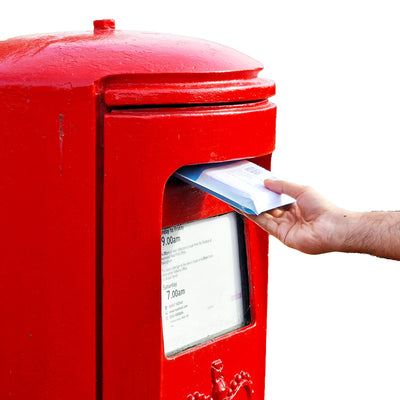Contents:
What is Vaginal Candidiasis?
Vaginal candidiasis, often called thrush, is a yeast infection. The culprit is Candida albicans, a type of fungus. It's not considered a sexually transmitted infection (STI), but can occasionally be passed through sexual contact. Common factors that trigger thrush include antibiotics, hormonal changes, and moist environments. While thrush can occur naturally, certain conditions, like pregnancy or dampness, can increase the risk.
What are the Symptoms?
Symptoms of vaginal thrush are distinctive. They include itching, redness, and a thick, white discharge that people say often looks like cottage cheese. In more severe cases, sores may appear. It's important to recognise these signs early for prompt treatment. Photos of yeast infection sores and detailed descriptions can help with self-diagnosis. Occasionally, thrush can cause slight bleeding due to irritation. The discomfort from thrush can sometimes make one feel unwell or lead to swelling and redness in the affected area.
Testing for Vaginal Candidiasis
Testing for vaginal candidiasis is straightforward. Healthcare providers usually conduct a physical examination and review symptoms. They may take a small sample of vaginal discharge. This sample helps identify the presence of Candida albicans under a microscope.
For a more detailed analysis, the sample might be cultured. This process grows the yeast in a lab, confirming the diagnosis. Vaginal swab tests are convenient and can be done by yourself at home or at a laboratory. Swabs can also help to distinguish thrush from bacterial vaginosis when the diagnosis is not clear.
 Thrush / Bacterial Vaginosis Swab Test (London)
Thrush / Bacterial Vaginosis Swab Test (London)
 Home Thrush / Bacterial Vaginosis Swab Test Kit
Home Thrush / Bacterial Vaginosis Swab Test Kit
If recurrent infections occur, further testing may be needed. This could include checking for diabetes or a weakened immune system. Knowing how to test for vaginal candidiasis empowers women to seek timely treatment.
What is the Treatment?
Treating thrush effectively involves antifungal medications like oral fluconazole (thrush treatment tablet) and nystatin, vaginal pessaries, or creams such as Canesten (clotrimazole), which directly combat the yeast infection. Creams can provide immediate relief of itching.
In pregnancy, careful selection of treatment is necessary to ensure safety and topical treatments such as pessaries and creams are preferred. Natural remedies and home treatments, including coconut oil, are preferred by some for mild cases. It's crucial to get tested, but you may also need to consult a healthcare provider for a proper diagnosis and treatment plan, especially for recurrent infections. Managing vaginal candidiasis often requires a multifaceted approach, considering the individual's health status and the severity of the infection.



 Get treatment for thrush, BV or STIs
Get treatment for thrush, BV or STIs

